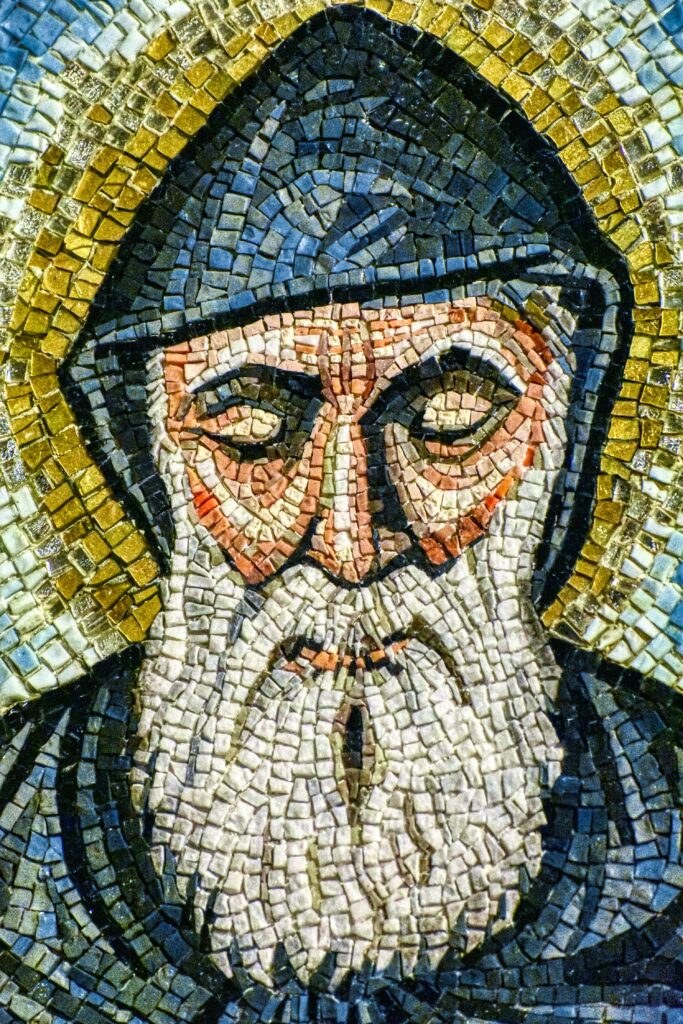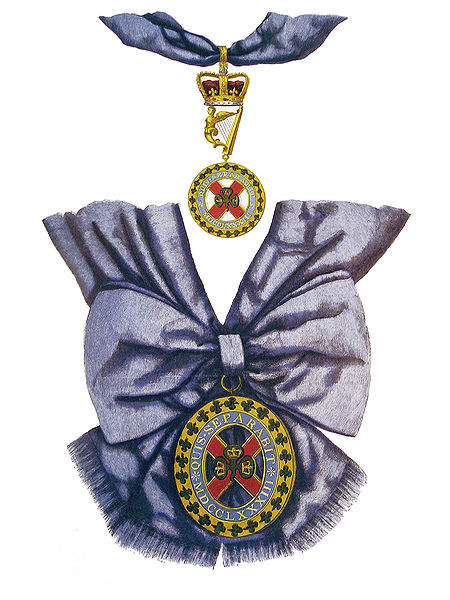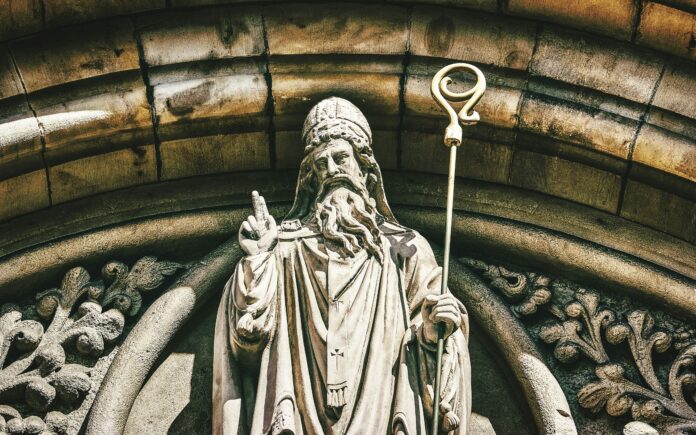For over a millennium, Ireland has celebrated Saint Patrick’s Day on March 17th each year.
In recent years, this religious holiday commemorating the death of Ireland’s patron saint, Saint Patrick, has transformed into a day of celebrating Irish culture through parades, music, special cuisine, dance, and lots of green – typically associated with the saint.
Numerous symbols and legends associated with Ireland such as leprechauns and shamrocks come from Saint Patrick. Credited with bringing Christianity to early Ireland, Saint Patrick used Celtic symbols like leprechauns, considered to be interfering fairies, to illustrate Christian teachings. It’s believed he chose shamrock (a three-leafed clover) as a symbol of the Holy Trinity to help his followers understand the concept.
Today, Saint Patrick’s Day is celebrated in over 200 countries worldwide. It’s a national holiday in Ireland, Northern Ireland, the Canadian province of Newfoundland and Labrador, and the British Overseas Territory of Montserrat – both of which have Irish roots.
In America, the Chicago River is dyed green every Saint Patrick’s Day using 40 pounds of dye (originally less than 100 pounds to reduce environmental harm), and the river stays green for a few hours – less than the original week-long duration.
Saint Patrick’s Day is also celebrated in Canada, Australia, New Zealand, the United Kingdom, Argentina, especially by Irish expatriates.
Delve into the enigma of Saint Patrick’s fame and uncover the mysteries surrounding this iconic figure.
Here are seven facts about Saint Patrick you might not know:
1. Saint Patrick was not Irish

Saint Patrick was born in Britain – not Ireland – at the end of the fourth century.
At the age of 16, Irish raiders kidnapped him, selling him as a shepherd slave. He escaped, returned to Britain, and sought refuge in a monastery. Years later, he became a priest and spent 16 years studying Christianity across Europe.
Eventually, he returned to Ireland to convert the predominantly pagan nation to Christianity.
2. Saint Patrick’s color was blue – not green

While today we associate Saint Patrick – and all things Irish – with green, the saint was originally depicted wearing blue garments. In fact, the particular shade of blue (now called St. Patrick’s blue) was what was initially referred to as “Saint Patrick’s blue.”
Green became popular in the 18th century as dissatisfaction with English rule grew, and the Irish independence movement began using the shamrock (associated with Saint Patrick) as a symbol of unity and resistance. The green color became a symbol of sympathy for Irish independence.
However, today, St. Patrick’s blue – or rather, Saint Patrick blue – has become the official heraldic color of Ireland.
3. His real name wasn’t Patrick
Saint Patrick’s original name was Maewyn Succat, and he was born to Christian parents in Roman Britain.
His father was a deacon, and his grandfather was a priest. However, Saint Patrick (as he came to be known) was not religious in his youth. After becoming a priest, his name was changed to Patricius or Patrick in English.
4. Saint Patrick’s legendary feat banished Ireland’s slithery inhabitants forever.
A popular legend claims that Saint Patrick stood atop a hill, Croagh Patrick (now an important pilgrimage site in Ireland), and used a wooden staff to drive all the snakes out of Ireland. Every year, over 100,000 people climb the holy mountain.
However, scientists argue that Ireland never had snakes to begin with.
Nevertheless, the “banishment of snakes” may symbolize the eradication of paganism and the triumph of Christianity in Ireland.
5. Saint Patrick’s Day was originally a religious holiday, not a day for partying

In 1903, Irish law declared Saint Patrick’s Day a religious observance.
In the 1970s, Irish legislation required pubs to shutter their doors on March 17th.
In 1995, the Irish government launched a national campaign to use Saint Patrick’s Day to boost tourism and showcase Irish culture around the world. Today’s festivities include merry drinking, lavish feasts, and lively parades, with folks donning whimsical leprechaun attire.
6. Saint Patrick’s Day parade started in America, not Ireland
While Saint Patrick’s Day has been celebrated in Ireland for over a millennium, the famous parades that have now become the heartbeat of the holiday originated with Irish immigrants in America over the 18th century.
The first recorded Saint Patrick’s Day parade was in 1737 in Boston, Massachusetts, but the modern parades we see today trace their roots to the 1762 parade celebration in New York.
For disenfranchised Irish immigrants in America – forced to flee Ireland due to famine and unable to find work upon arrival in America – Saint Patrick’s Day became a source of pride and celebration, connecting them to their Irish roots.
7. No one knows where Saint Patrick is buried
Though many places claim to be the burial site of Saint Patrick, his actual burial place remains unknown.
Popularly recognized sites include Down Cathedral in Downpatrick, Northern Ireland, which houses the reputed grave of Saint Patrick alongside other Irish saints like Brigid and Columba. Some, however, speculate that Saint Patrick could be buried in Glastonbury Abbey in England.
Overall, Saint Patrick’s Day continues to be a global celebration, symbolizing Irish culture, history, and heritage, attracting millions of people worldwide to join in the festivities and honor the legacy of this legendary figure.
- Chicago rapper Lil Durk implicated in alleged murder-for-hire scheme, court documents reveal

- Drake Hogestyn, ‘Days of our Lives’ veteran, dead from cancer a day before his birthday

- SNL kicks off with a star-studded cold open featuring Maya Rudolph as Kamala Harris and a return of Trump

- A mother of two, currently pregnant, feels utterly confined within her home in North Carolina.

- Caleb Williams Shines with Key Highlights in Stellar Preseason Debut for Bears




